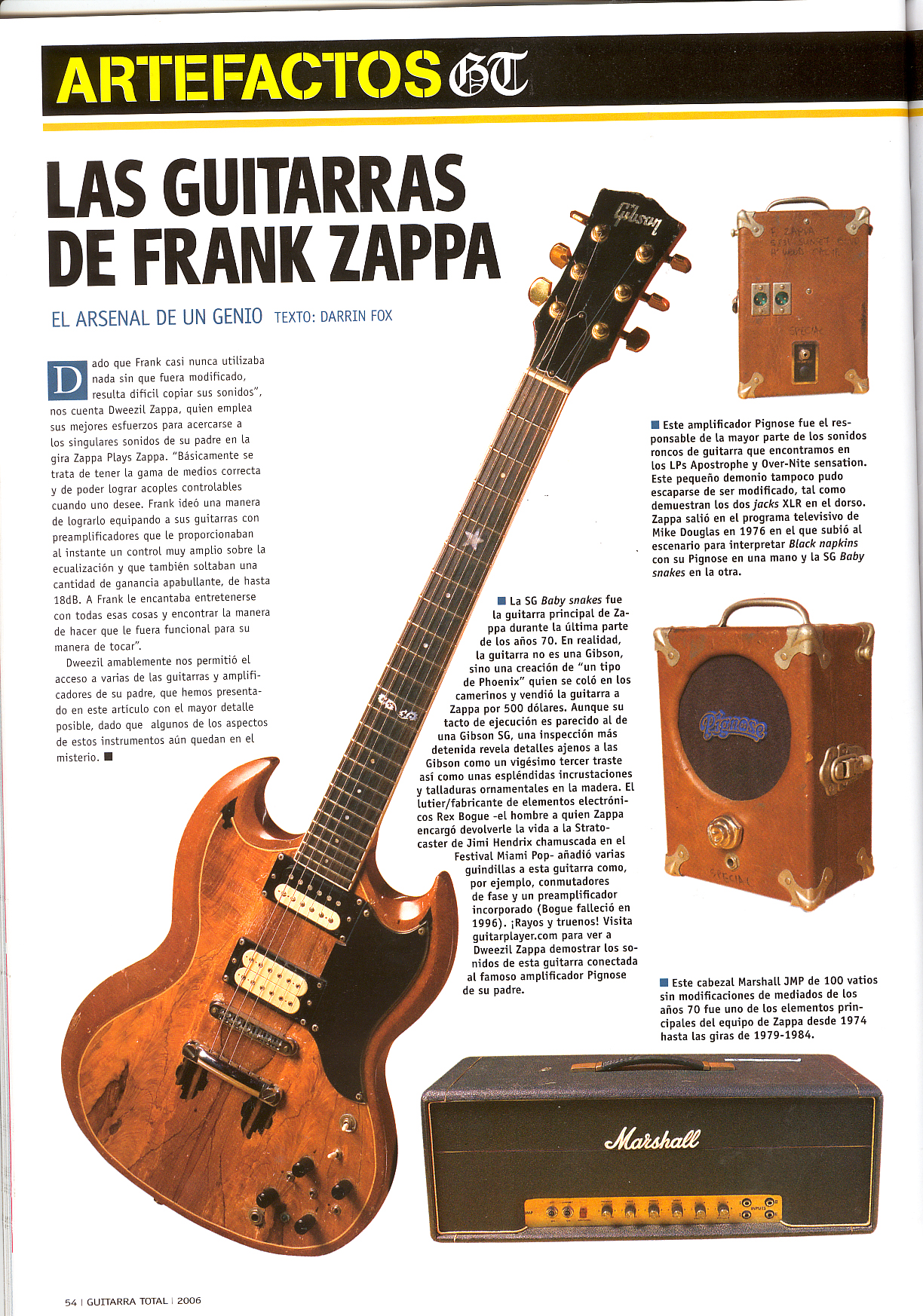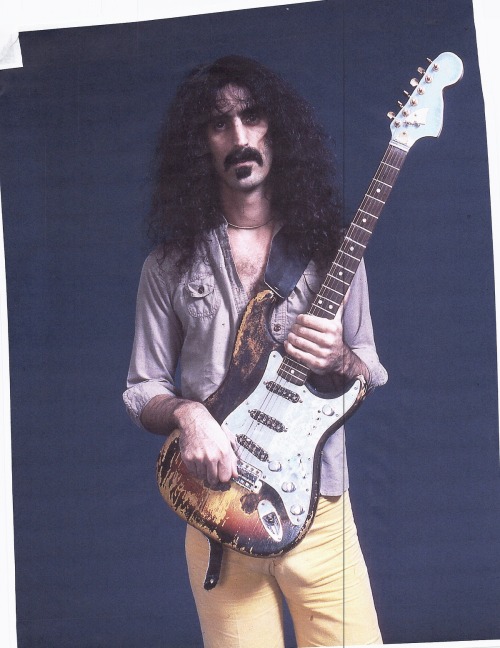Gay guitars!!!? Yep, you heard me right.
Frank Gay's Personal Guitar
Gay guitars are a creation of luthier, guitarist, and composer and watch maker Frank (Francois) Gay and were very popular with famous country singers of the 1950’s and ‘60’s. The elaborate designs on the guitars went well with the artist’s
Nudie suits. |
| Frank Gay guitar |
Frank Gay was born to French Canadian parents in the town of Marcelin, which is a small city north of Saskatoon, on April 23, 1923.
I first became interested in Mr. Gay when
a friend posted a picture of a Webb Pierce album cover on Face Book. Pierce was holding this guitar that was all decked out in fancy inlay and binding and heart shaped sound hole. I had to find out about that guitar, which started me on my quest. Unfortunately I cannot find any pictures of Frank Gay, but there are plenty photos of his guitars.
Pierce's guitar pickguard was clear, and the binding was very unusual unlike other guitars I have come across. I did a little research and discovered that not only the body was elaborate, but the neck and headstock were exquisite. The headstock was like something I have never seen. This acoustic guitar had a six-on-a-side elaborately carved headstock.
It was then I set out to find more about the builder.
Frank Gay studied music at the New York School of Music. He was already a qualified watch maker, but his interest lay in music. Frank moved to Toronto to further his music studies under the tutelage of guitar instructor Norman Chapman, who later became his partner in a duo.
For a day job, Gay apprenticed at
R.S. Williams and Co. which was the largest workshop and Canadian manufacture of pianos and other stringed instruments. Frank spent two years working at this company, before setting up his own studio and shop in Edmonton. This was in the year of 1953.
It was then that Mr. Gay set forth building
the fancy steel string guitars that became so popular with country musicians. Johnny Cash, Don Gibson, Hank Snow, Carl Smith, Ferlin Husky, Webb Pierce, Faron Young, and Johnny Horton all owned at played Gay guitars.
Three Gay guitars, owned by the latter three musicians, were once on display at the Country Music Hall of Fame in Nashville Tennessee.
Perhaps the most unusual Gay guitar was made for country star
Ferlin Husky. It currently resides in the
Mac Yasuda collection. Many who have seen it, mistake it for a
Gibson J-200 that was painted with unusual inlay designs that were not just on the head and neck, but included floral inlays on the guitars body.
The sound hole on this instrument is almost triangular, similar to the one found on a
Gretsch Rancher. The 3-on-a-side headstock is much different from any Gibson now or of its day.
Unfortunately some of Gay’s early models did not hold up well due to the glue and bindings he used. Subsequently some of the instruments fell apart. Country stars like Husky and Carl Smith had relationships with big name guitar manufacturers.
In the case of
Ferlin Husky’s guitar, it was repaired by Gibson guitars and upon finishing, they slapped a Gibson logo over the Gay crest.
Carl Smith’s Gay guitar was repaired by Sho-bud. When the guitar was returned, the headstock featured a “Customized by Sho-bud” logo.
It was in the mid 1950’s Frank was approached by someone from
Canadian radio station CKUA.Frank was living in Edmonton, Alberta and building guitars in his garage. Word that a somewhat
famous luthier lived in the same town as the radio station prompted an interview.
Upon meeting the fellow from CKUA, Frank Gay put on an impromptu concert and played various genres of music, using a different guitar for each. The show's producer was very impressed.
Frank was supposed to just do an interview for the show, however due to his talent he was asked to do a program on the station. This proved a blessing for the tiny radio station. Not only was Frank Gay a gifted luthier and guitarist, but he had a lot of friends in the music industry that he invited to be on his show. His show on CKUA lasted from 1958 to 1963.
Frank Gay went on to make appearances on CBC and do pop music recordings. He has played concerts and coffee houses. In 1959 Frank Gay founded the Classical Guitar Society, which is possibly the first in western Canada.
By the early 1960’s Frank had moved on to building classical guitars, using a Ramirez flamenco guitar (given to him by Carlos Montoya) and an Esteco classical guitar as models.
Gay went on to build guitars for Montoya and Alirio Diaz. Gay has also built folk guitars, a small five course (10 strings) renaissance guitar, lutes, mandolins, banjos and even a few solid body electric guitars. Gay was noted for his fine inlay work and unique designs.
To this day, the late Frank Gay is recognized as an innovative artisan and a major figure in the history of Canadian stringed-instrument making.
Anonymous wrote below asking to see the Frank Gay double neck guitar. I could not find it, but I found a triple neck guitar that he made.









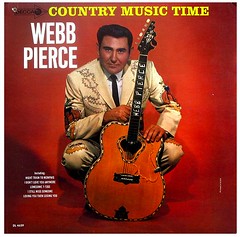





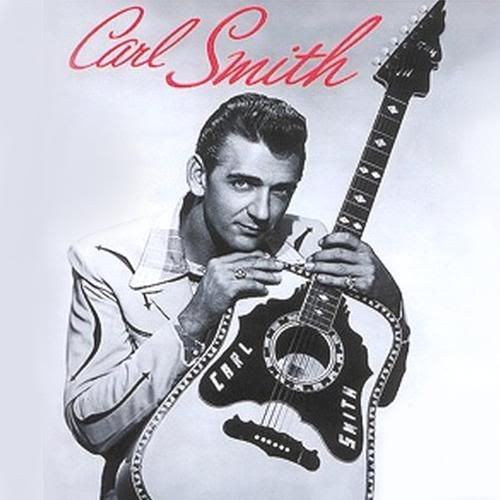

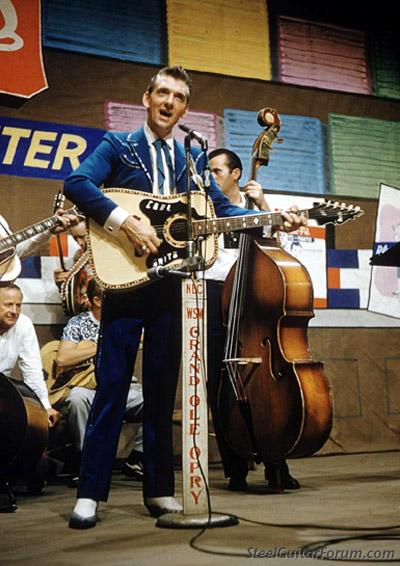

.jpg)








